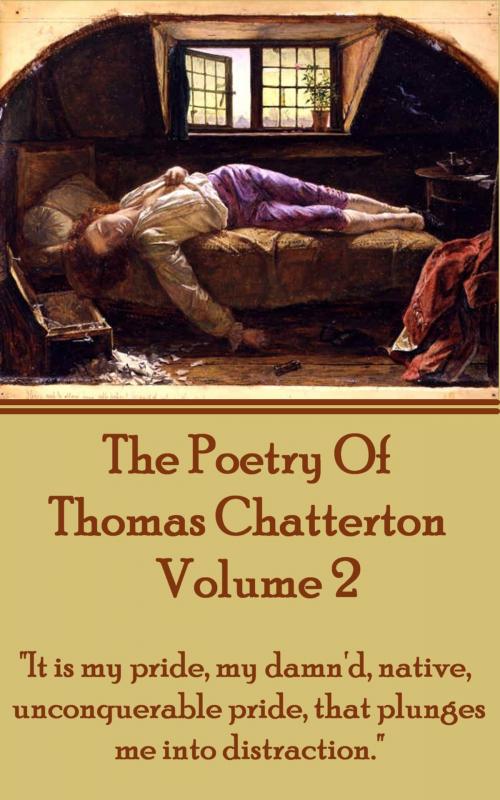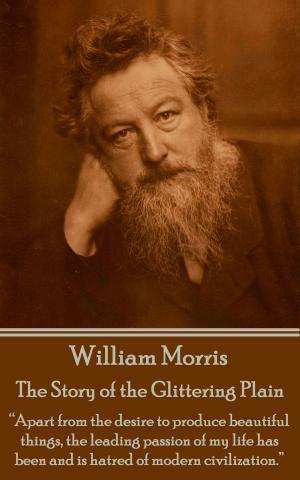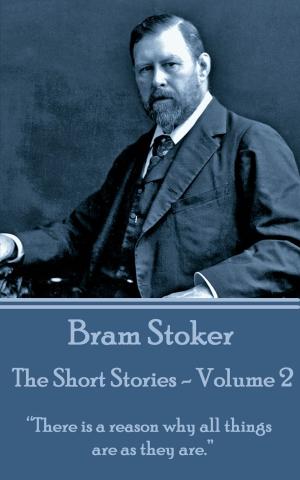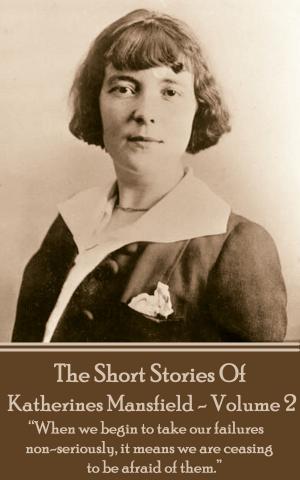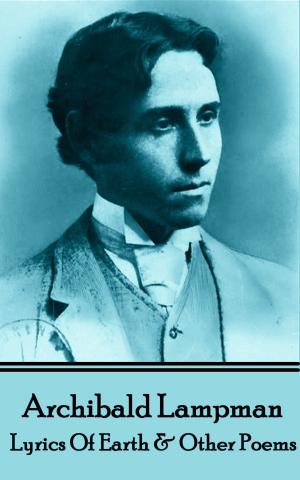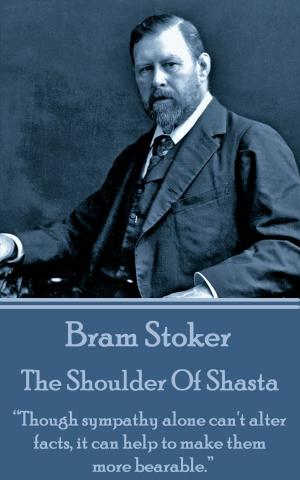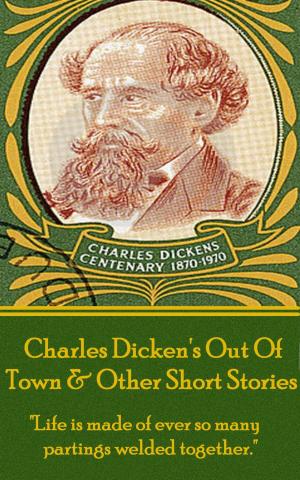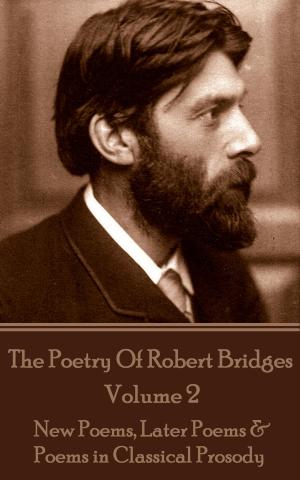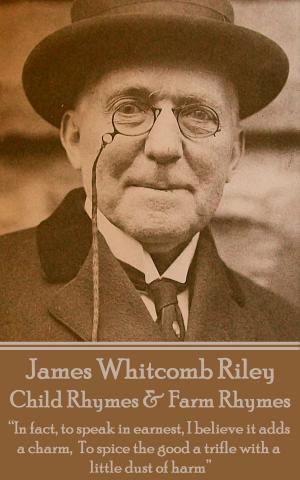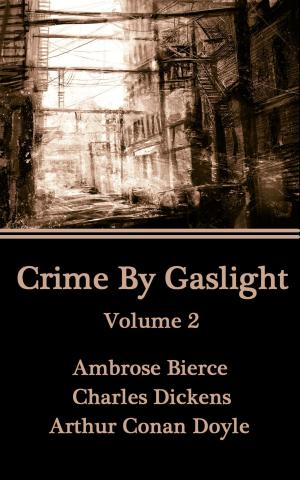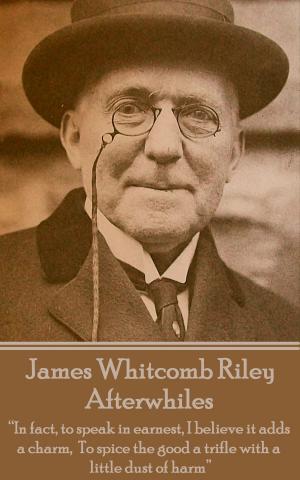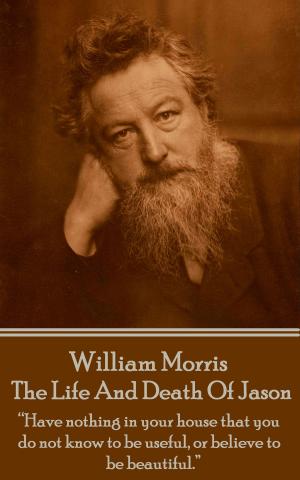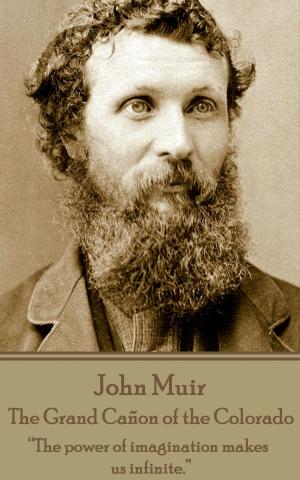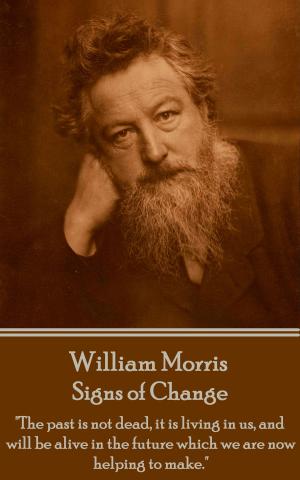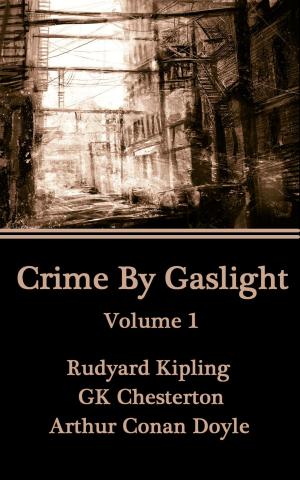The Poetry Of Thomas Chatterton - Vol 2
"It is my pride, my damn'd, native, unconquerable pride, that plunges me into distraction."
Fiction & Literature, Poetry, British & Irish| Author: | Thomas Chatterton | ISBN: | 9781783945313 |
| Publisher: | Deadtree Publishing | Publication: | October 25, 2013 |
| Imprint: | Portable Poetry | Language: | English |
| Author: | Thomas Chatterton |
| ISBN: | 9781783945313 |
| Publisher: | Deadtree Publishing |
| Publication: | October 25, 2013 |
| Imprint: | Portable Poetry |
| Language: | English |
Thomas Chatterton was born on November 20th, 1752 in Bristol. Somewhat lonely as a child his consuming interest was the contents of several chests of books, parchments and documents in the church at St Mary Redcliff of which his family was sexton. By the age of twelve he had written “Elinoure and Juga”. Knowing that the works of such a youngster would not be taken seriously he continued to write but to present them to the world as the work of others long before him. His hoaxes were enormously successful. He moved to London to find patronage and to escape his poverty but in the end although his works continued their brilliant trajectory he could gain no financial comfort. On 24th August 1770, aged just seventeen years and nine months, he retired to his small Brook Street attic for the final time, carrying the arsenic with which would kill himself, desperately and hopelessly tore up his remaining work, and drank. In the second of three volumes we bring you some of his acclaimed and fascinating works.
Thomas Chatterton was born on November 20th, 1752 in Bristol. Somewhat lonely as a child his consuming interest was the contents of several chests of books, parchments and documents in the church at St Mary Redcliff of which his family was sexton. By the age of twelve he had written “Elinoure and Juga”. Knowing that the works of such a youngster would not be taken seriously he continued to write but to present them to the world as the work of others long before him. His hoaxes were enormously successful. He moved to London to find patronage and to escape his poverty but in the end although his works continued their brilliant trajectory he could gain no financial comfort. On 24th August 1770, aged just seventeen years and nine months, he retired to his small Brook Street attic for the final time, carrying the arsenic with which would kill himself, desperately and hopelessly tore up his remaining work, and drank. In the second of three volumes we bring you some of his acclaimed and fascinating works.
